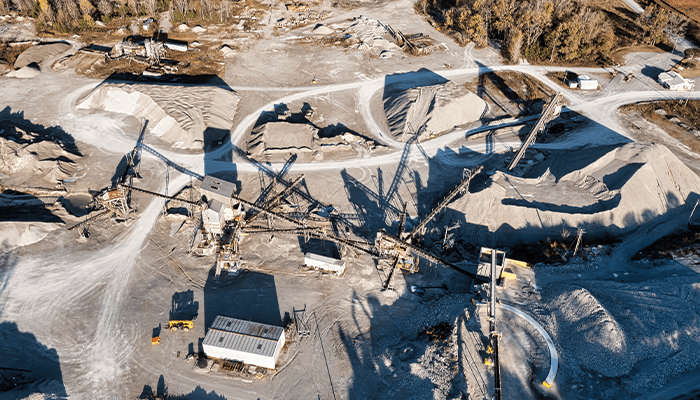
Enhancing Accident Investigation with the OODA Loop
Accidents are an unfortunate reality in many industries, ranging from manufacturing and construction to aviation and healthcare. Conducting effective accident investigations is vital not only to understand the root causes but also to prevent similar incidents from happening in the future. The OODA Loop, a decision-making and problem-solving framework developed by military strategist John Boyd, can play a pivotal role in improving the accident investigation process. In this article, we will explore how the OODA Loop can be applied to enhance accident investigation procedures and promote a culture of safety.
Understanding the OODA Loop in Accident Investigation
The OODA Loop consists of four distinct phases: Observe, Orient, Decide, and Act. Each phase serves a specific purpose when applied to accident investigation:
- Observe: In the context of accident investigation, the observation phase involves gathering all available information about the incident. This includes collecting eyewitness accounts, reviewing surveillance footage, examining physical evidence, and documenting the sequence of events leading up to the accident. Data collection is a critical first step in understanding the incident and its context.
- Orient: The orientation phase focuses on analyzing the gathered information to gain a deeper understanding of the accident's causes and contributing factors. Accident investigators must consider not only the immediate causes but also the underlying systemic issues, such as organizational culture, equipment maintenance, training, and procedural shortcomings. Identifying these factors requires a holistic view of the incident.
- Decide: Once the information is thoroughly analyzed and potential causes are identified, the decision phase involves determining appropriate actions and recommendations for preventing similar accidents in the future. This may involve policy changes, improved training programs, equipment upgrades, or safety culture enhancements. Decisions should be based on a well-informed assessment of the incident and its root causes.
- Act: The final phase of the OODA Loop is to implement the recommended actions and preventive measures. This may include revising safety procedures, conducting employee training, updating equipment maintenance protocols, or revisiting organizational policies. Effective action ensures that the lessons learned from the accident are translated into concrete changes that reduce the risk of future incidents.
Applications of the OODA Loop in Accident Investigation
- Prompt Response: Applying the OODA Loop allows investigators to respond quickly to accidents and collect critical data while it is still fresh, increasing the likelihood of accurate findings.
- Holistic Understanding: The OODA Loop encourages a comprehensive examination of accidents, going beyond immediate causes to uncover systemic issues that may have contributed to the incident.
- Continuous Improvement: By using the OODA Loop, organizations can create a feedback loop that promotes continuous improvement in safety protocols and procedures, reducing the likelihood of recurrence.
- Preventive Measures: The decision phase of the OODA Loop ensures that concrete steps are taken to prevent similar accidents, rather than simply addressing symptoms.
Accident investigation is a critical aspect of maintaining safety and preventing incidents from recurring in various industries. The OODA Loop provides a structured and systematic approach to the investigation process, ensuring that all relevant information is considered, causes are accurately identified, and preventive measures are implemented effectively. By embracing the OODA Loop methodology, organizations can not only improve their accident investigation procedures but also create a safer and more proactive culture that prioritizes the well-being of employees and the integrity of operations. It's a valuable tool for ensuring that lessons learned from accidents lead to lasting change and continuous improvement in safety practices. For more information on accident investigation training and the application of OODA Loop contact AssuredPartners Energy.
Featured News & Insights

The energy sector, which spans oil and gas, utilities, and renewable energy, is one of the most complex and volatile industries in the world. From environmental scrutiny to fluctuating commodity...

On April 18, 2024, the Mine Safety and Health Administration (MSHA) issued a final rule to lower miners' exposure to respirable crystalline silica and enhance respiratory protection measures across...

The recent storms that battered Florida served as a stark reminder of the vulnerabilities that come with alternative energy infrastructure, particularly solar and wind. As the transition to...